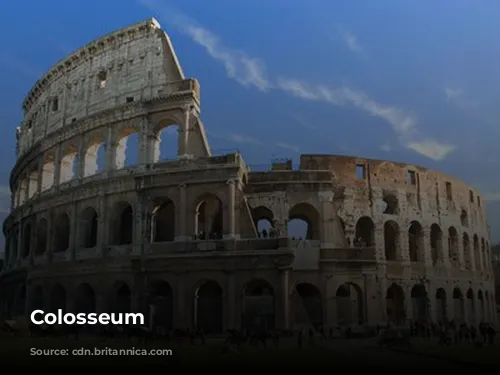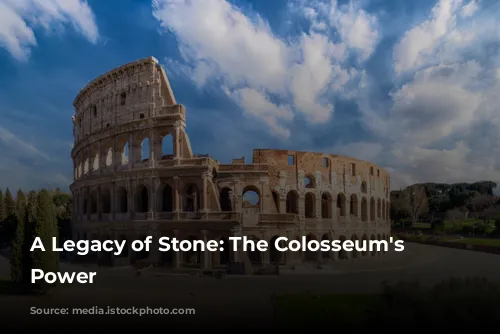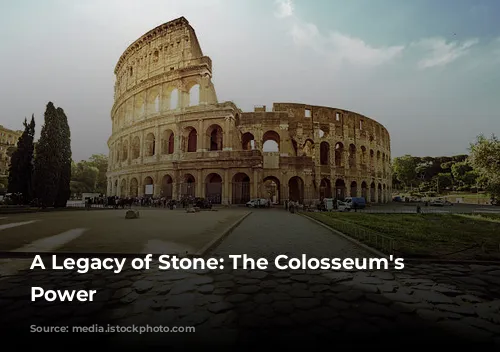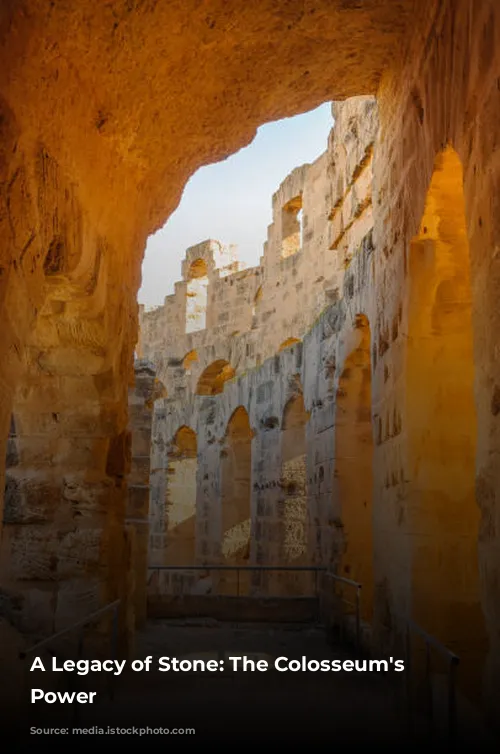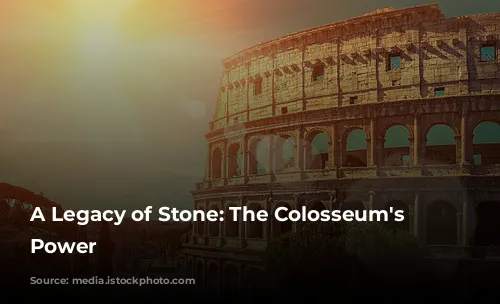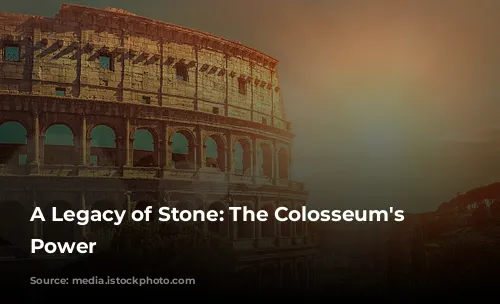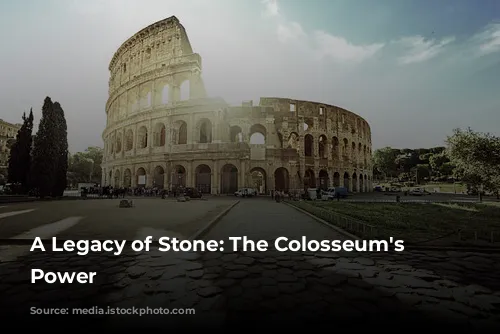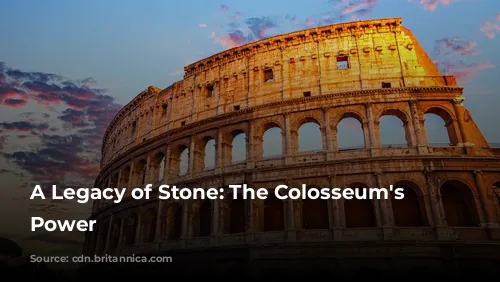The Colosseum, a magnificent amphitheater built in ancient Rome, stands as a powerful testament to the engineering and architectural brilliance of the Roman Empire. It continues to attract millions of visitors annually, making it one of Italy’s most profitable tourist attractions. This remarkable structure has weathered the passage of time, standing as a symbol of Rome’s glorious past.
A Symbol of Imperial Might
The Colosseum’s construction was a deliberate act of revitalization, undertaken by Emperor Vespasian to reinvigorate Rome after a turbulent period known as the “Year of the Four Emperors”. Like other amphitheaters, the Colosseum was designed to serve as a grand entertainment venue, hosting a dazzling array of spectacles. Gladiator fights, animal hunts, and even elaborate mock naval battles were staged in this awe-inspiring arena.
Construction of the Colosseum commenced under Vespasian between 70 and 72 CE. His son, Titus, completed the structure and dedicated it in 80 CE with a grand celebration lasting 100 days. Domitian, Titus’s successor, added the fourth story to the Colosseum in 82 CE, making it an even more impressive monument.
The Colosseum’s construction was financed by the plunder from Titus’s conquest of Jerusalem in 70 CE, and it was built using enslaved Jews from Judea. This fact serves as a poignant reminder of the complex and often brutal realities of the Roman Empire.
A Monument of Stone and Concrete
The Colosseum, also known as the Flavian Amphitheater, is an elliptical structure made of stone, concrete, and volcanic tuff. This architectural marvel stands four stories tall, reaching a height of 156 meters (513 feet). The Colosseum’s immense size is awe-inspiring, with its imposing dimensions of 189 meters by 156 meters (620 feet by 513 feet). It was designed to accommodate as many as 50,000 spectators.
The Colosseum was built on the grounds of Nero’s Golden House, replacing the artificial lake that was once the centerpiece of the palace complex. This symbolic act demonstrated Vespasian’s desire to replace Nero’s extravagant lifestyle with a public space for the enjoyment of the Roman people.
A Thriving Arena of Entertainment
The Colosseum provided an array of spectacles for the Roman public, from the thrill of gladiatorial combat to the spectacle of animal hunts and elaborate mock naval battles. Its sheer scale and impressive design allowed for these events to be staged on a grand scale.
Spectators enjoyed a comfortable viewing experience, shielded from the sun by a massive retractable awning known as a velarium. This awning was supported by masts extending from the Colosseum’s top story, and hundreds of Roman sailors were needed to manipulate the rigging that extended and retracted the velarium.
A Story of Decline and Rebirth
After the fall of the Western Roman Empire, the Colosseum fell into disrepair. During the 12th century, it was repurposed by the Frangipane and Annibaldi families, who used it as a fortress. In the late 15th century, Pope Alexander VI allowed the Colosseum to be used as a quarry. The once majestic arena was stripped of its decorative materials, a testament to centuries of neglect and vandalism.
In the 19th century, preservation efforts began in earnest, led by Pope Pius VIII. Restoration efforts were significantly strengthened in the 1990s, ensuring the continued preservation of this architectural marvel.
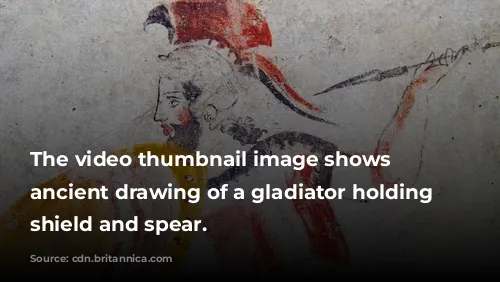
A Timeless Legacy
The Colosseum is a powerful symbol of Roman ingenuity and cultural prowess. Its enduring popularity as a tourist attraction ensures that its story continues to be told, captivating generations of visitors. It stands as a testament to the power and resilience of Rome’s past, reminding us of the lasting impact of ancient civilizations.

